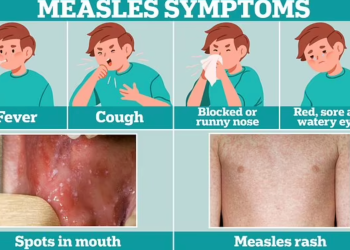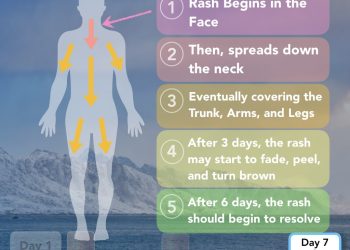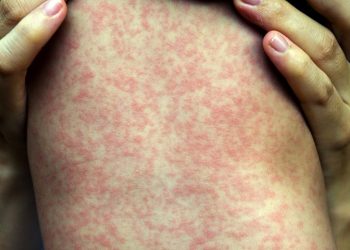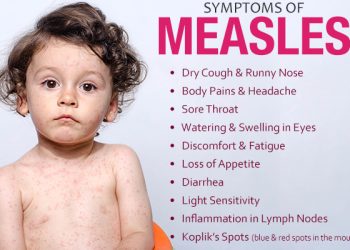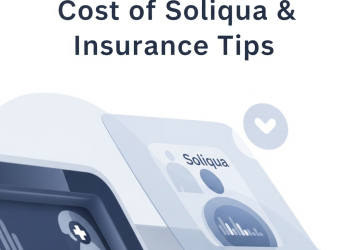“A complex disease caused by genetic and environmental factors. The treatment includes different treatment strategies ranging from the use of oil-cleansers or syndet soaps to the intake of anti-stemamines to control itching”.
Atopic dermatitis is an inflammatory skin disease common in children, but also in adults. According to SIDeMaST ( Society of Medical, Surgical, Aesthetic Dermatology, and Sexually Transmitted Diseases ), Italy holds the record for Atopic Dermatitis in adults, with 8 out of 100 Italians suffering from it. It usually manifests itself with itching and rashes disabling the face, neck, elbow, and knee creases, symptoms that can heavily affect the patient’s quality of life In addition, AD can also be associated with an increased risk of food allergies, skin, respiratory (such as asthma, rhinitis, and conjunctivitis) and urinary infections. As with most chronic inflammatory diseases, it is difficult to definitively recover from AD, but there are innovative therapies capable of controlling the itching and modifying the course of the disease. There speaks dr. Marco Palla, dermatologist, and researcher at the Complex Structure Melanoma and Innovative Therapies of Pascale directed by Prof. Paolo Ascierto.– Dr. Palla

what is atopic dermatitis?
“Atopic dermatitis (AD) is a very common inflammatory skin disease that occurs mainly in children. It tends to improve with adulthood until complete resolution but sometimes persists, and the quality of life is often profoundly compromised ”.
– What symptoms does it manifest with and which parts of the body do it affect?
“AD presents manifestations that vary mainly in relation to the patient’s age. The common feature is skin that tends to be dry and itching, a very important and often disabling symptom, of varying intensity. Subsequently, small blisters may also appear which, following scratching, break off leaving the skin eroded and crusted. In this phase the possibility of bacterial superinfection increases and consequent worsening of the clinical picture of AD. In the most severe cases, these rashes can become chronic and form a picture of lichenified eczema. The manifestations affect children differently in which the areas of the cheeks and the extensor surfaces of the arms and legs are mainly affected, while in young adults we find mainly eruptions affecting the large folds of the neck, arms, and legs. There are also the so-called “minor signs” of AD, that are particular skin alterations that can help the specialist in the diagnostic orientation “.
– What are the triggering causes?
“Genetic predisposition, alteration of the epidermal barrier, and functional dysregulation of the immune system are some of the critical components for the onset of AD. This means that the alteration of the so-called “hydrolipidic film”, genetically altered or compromised by the use of irritating agents (eg common soaps, disinfectants, acrylic, or woolen clothing, etc.), and the abnormal hyperactivity of the immune response is responsible for the appearance of the DA. This condition also represents the first step towards exposing the skin to potential allergens and bacteria with consequent development of allergies and infections “.
– Who are the most predisposed subjects?
“Surely people who have family members with atopic dermatitis and/or with known allergies are more at risk of developing AD”.
– How is the diagnosis made?
“The diagnosis is mainly clinical, ie there are very specific signs and symptoms that, if carefully researched, can help in formulating the diagnosis correctly. However, it is useful to integrate the clinical diagnosis with laboratory tests such as the blood count, the Prist Ig E, and other more specific ones in relation to the clinical presentation of AD ”.
– How is it treated?
“The treatment of atopic dermatitis includes different treatment strategies that must be adapted to the specific needs of each individual. The starting point is always to recognize, therefore to avoid/reduce, the action of any triggering factors (environmental, infectious, psychic, etc.). Subsequently, it is important to restore the structure of the skin barrier through the constant and regular use of moisturizing and emollient creams and to cleanse the skin preferring oil-cleansers or syndet soaps. In the presence of skin manifestations, such as eczema, the therapy makes use of topical and/or systemic drugs (cortisone, antibiotics, immunosuppressants) as well as phototherapy that will allow better manage the disease in the acute and chronic phases.

